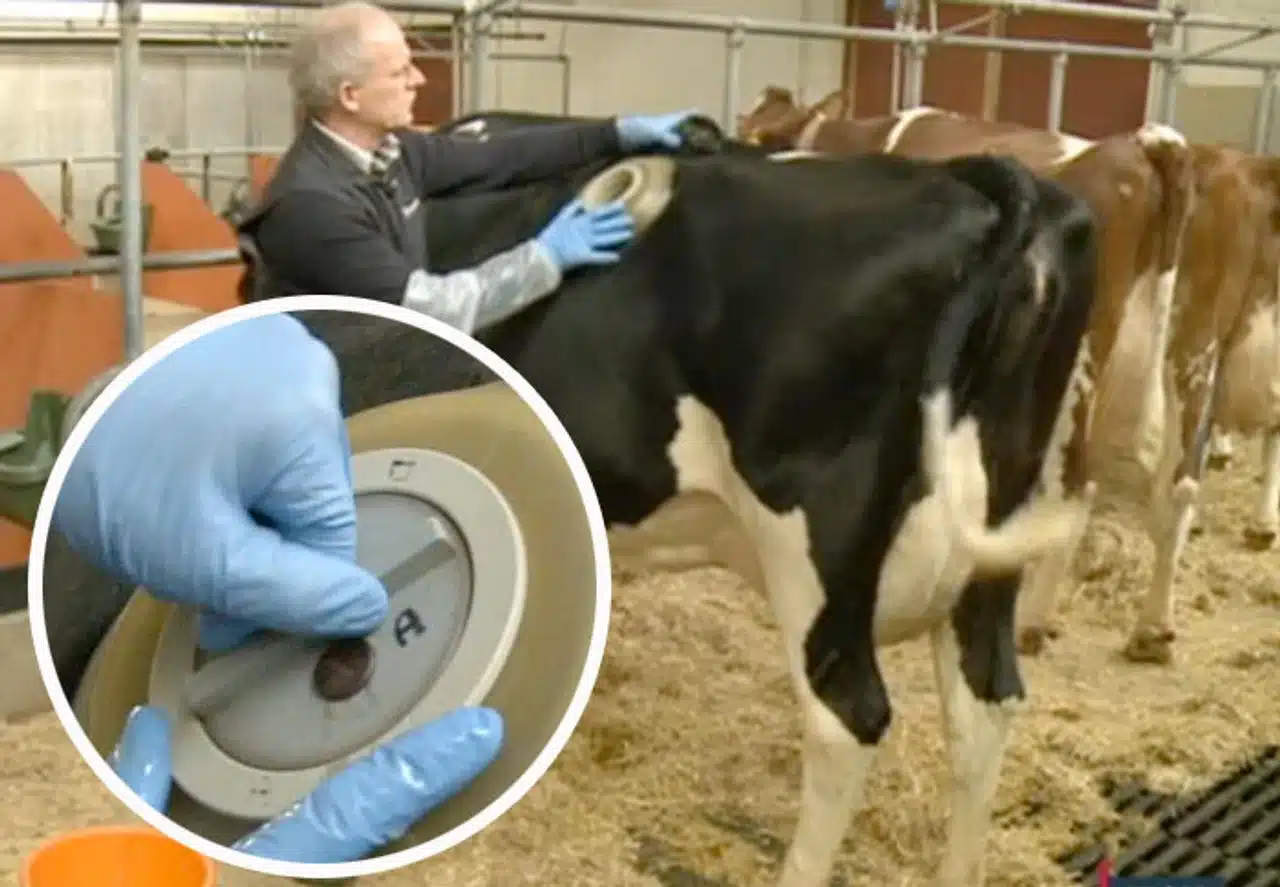Imagine walking onto a farm and passing a cow… with a circular porthole on its side. No, it’s not a gadget from a science fiction movie or the fantasy of some quirky farmer. This small porthole actually allows you to directly observe the animal’s insides, and it has transformed certain farming practices. Why drill such a hole into a cow? What exactly does it do? The answer might just change your perception of animal husbandry and veterinary research.
A porthole on a cow? Yes, and it’s not a joke.
When we hear « porthole, » we naturally think of the round windows of an airplane or ship. However, in livestock farming, this word refers to a medical device called a ruminal fistula . Specifically, it’s an opening created in the cow’s flank, providing access to its rumen— one of its four digestive compartments.
This opening is held in place by a flexible ring, often made of plastic, similar to a safety cap . It allows researchers and veterinarians to observe, sample, or introduce substances into the rumen to better understand the digestion process.
Why Pierce a Cow? A Surprising Question, a Scientific Answer

At first glance, the idea may seem shocking. However, this practice is scientifically supervised and adheres to strict animal welfare standards. Cows equipped with this system are monitored with constant attention , like high-level athletes whose every vital parameter is monitored.
The goal? To better understand the digestive functions of ruminants, animals capable of transforming plant fibers into nutrients— just as if we could get energy by simply chewing grass.
